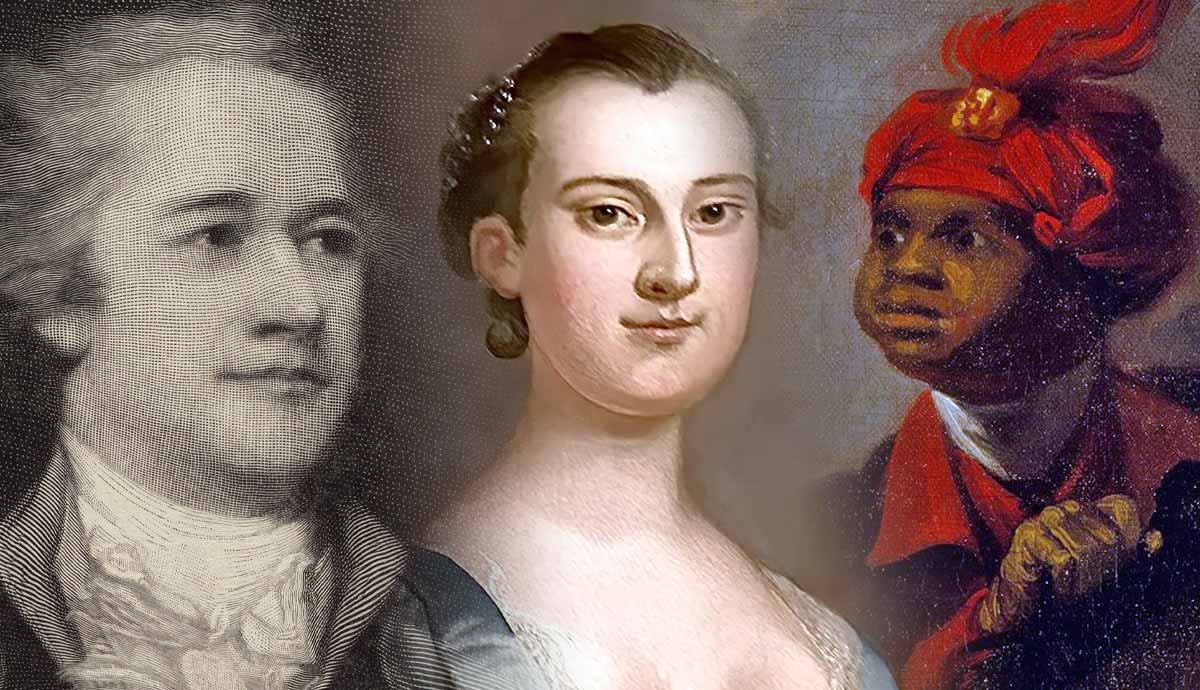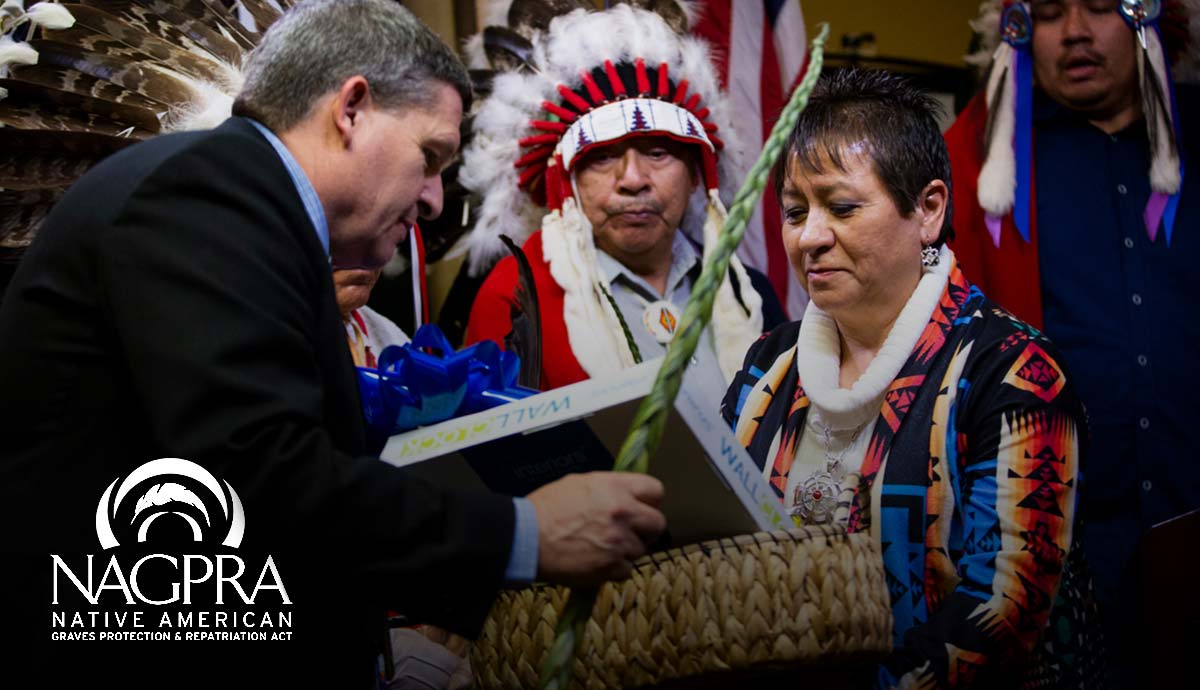
An icon of American history, George Washington is largely remembered as an indomitable leader who took the new United States through a bloody revolution and into the initial phases of countryhood. Regardless of his skill as a military leader and politician, it simply wasn’t possible for Washington to meet all of these demands singularly. He was supported by a number of men and a particularly important woman, who helped him stay the course and make decisions that would not only affect his life but thousands of new Americans in his time and for generations to come.
1. Alexander Hamilton

Before he stood on Washington’s side as a military aide and then cabinet member, Alexander Hamilton’s early days were challenging. He was born in Nevis, a Caribbean island ruled by the British. Unfortunately, his unmarried parents didn’t provide Alexander with a stable childhood, as his father abandoned the family, and his mother died before Hamilton reached adolescence.
However, the enterprising Hamilton was determined to find success and supported himself by working as a clerk for a local shipping company. Several upstanding members of the community observed Hamilton’s skills and intelligence and created a fund to pay for the young man’s education in the American colonies. He arrived in New York in 1772, completed his preparatory education, and later attended King’s College.

Unfortunately, Hamilton’s education was interrupted as he left school at the outbreak of the American Revolution. He joined a local militia group and worked his way up to captain. It is unknown when the young soldier first attracted the attention of General Washington, but it may have been during the army’s retreat from New York.
In 1777, Captain Hamilton was invited to join Washington’s staff as an aide-de-camp and promoted to Lieutenant Colonel. The pair worked well together despite their opposing personalities. Hamilton was a welcome addition to the General’s military “family,” regardless of his desire to be on the battlefield instead. The two men had a brief dispute in 1781, and Hamilton temporarily left the General’s staff. However, he would return a short time later, eagerly accepting the field assignment he’d desperately wanted.

After the war, Hamilton returned to New York to pass the bar and start a law practice. It wasn’t long before Washington, now the country’s first president, tapped Hamilton to join his staff that would become known as the cabinet. As the country’s first Secretary of the Treasury, Hamilton worked alongside his mentor, the former general, to navigate the early years of the country and its operation. Though they were very different, they were said to bring out the best in one another and had common goals of a united nation with an effective, efficient government. Hamilton would be brought down in an infamous duel in 1804, outliving his mentor by only five years.
2. William “Billy” Lee

In 1768, Washington purchased two young men to supplement his current holdings of enslaved people. One of these brothers, William, called “Billy” by Washington, would come to play a vital role in the future general’s daily life. Billy became Washington’s valet. He spent almost every waking hour at Washington’s side, doing everything from helping him dress to delivering messages and ensuring the general was ready for meetings or other engagements.
Throughout the Revolution, Billy remained at Washington’s side, maintaining the general’s papers and keeping essential tools such as his spyglass at the ready. The two became the closest they ever had during the war, as they were together virtually day and night for seven years. Some claim that during this time and with their close interactions, Lee helped Washington’s opinions on slavery evolve, though Washington would not manumit any of the people in his holdings until after his 1799 death.

Lee gained celebrity status due to his proximity to Washington. He was described as athletic and an excellent horseman. He married a free Black woman in Philadelphia during the Revolution and requested his wife be transported to Washington’s home at Mount Vernon after the war.
Washington gave his permission, but there is no record of Lee’s wife, Margaret Thomas, in the Mount Vernon archives. Due to knee injuries he sustained in an accident in the mid-1780s, Lee was unable to continue serving as Washington’s valet and was sent to work in a shoe-making shop at Mount Vernon. Lee was the only enslaved person freed immediately upon Washington’s death, and Washington ordered he receive a $30 annual salary for the remainder of his life. Still, he remained at the estate until his death in 1810 and is believed to have been buried in the enslaved cemetery there.
3. The Marquis de Lafayette

Marie Joseph Paul Yves Roche Gilbert du Motier, better known by his title, Marquis de Lafayette, was a French nobleman who was inspired by the American colonial cause. He volunteered on the Patriot side of the American Revolution and was given the rank of Major General. He helped gain French financial support for the war, and he and Washington bonded immediately.
Lafayette spent thousands on supplies for his soldiers, who were sorely under-outfitted by the fledgling Congress. He and Washington grew closer all the time, with personal writings demonstrating mutual love and admiration. They remained close friends upon the conclusion of the war and Lafayette’s return to France, with Lafayette naming his only son George Washington Lafayette.
The Marquis assumed command of the French National Guard in 1789 and played an important role in the French Revolution. He was present at the famed storming and destruction of the Bastille and sent Washington the Bastille’s key as a gift. It is still displayed at Mount Vernon today.
4. John Laurens

Born the son of a wealthy plantation owner in South Carolina, John “Jack” Laurens was nowhere near America when the Revolution broke out, as he was studying law in England. However, in 1776, he set sail for home, determined to participate in the war. He volunteered to join Washinton’s staff as an aide-de-camp, quickly proving himself valuable with his fluency in French and friendliness with the other staff members.
Like Hamilton, Laurens was eager to make his mark on the field but was known to be somewhat impulsive in his military endeavors. He was wounded, though not severely, in the Battle of Germantown in the autumn of 1777.
Laurens was deeply loyal to his supervising officer, fighting a duel with Major General Charles Lee after the latter had slandered Washington in 1778.
Laurens was unique among many of his contemporaries in that he was an abolitionist, deeply influenced by literature he had encountered while studying in England. He petitioned Congress to allow him to create a regiment made up of former slaves. Though his request was granted, reluctance among the southern planter class prevented him from raising the battalion.
Germantown Battle, Chews House, engraving by Rawdon, Wright & Harch based on a drawing by Koeltner. Source: National Archives
Laurens was briefly taken prisoner but returned to the battlefield, playing a crucial role in the British defeat and outlining the terms of surrender. However, one of the last battles of the Revolution, a minor skirmish outside of Charleston, would prove to be Laurens’ end. He was fatally shot just weeks before the final withdrawal of British troops.
5. Martha Washington

At just 26 years old, Martha Dandridge Custis would find herself widowed, owner of a luxurious estate with two young children. Since Martha was financially independent, she was determined that her next marriage would be a love match. Her availability became the topic of much social discussion, and many suitors were vying for her attention. One of these young men was George Washington, one year younger than Martha, who first visited Mrs. Custis in March 1758.
Within months, the two were planning their wedding. Martha and her children, who had become legal wards of Washington, moved to the Washington family estate in 1759. Though the two would not have any children of their own, they raised Martha’s two children and eventually four grandchildren at Mount Vernon.

Martha assumed a more public role with the advent of the Revolution, and the two essentially became America’s first power couple. She represented her husband at social events and engagements. Fighting in those days generally ceased during the winters, and Mrs. Washington joined her husband at his winter encampments.
Although Washington left Mount Vernon during the war and did not return for six years, Martha and George were able to spend about half of that time together. When he wasn’t working, she was at his side at places like Valley Forge and Philadelphia.
Martha was a sounding board for her husband and often helped with secretarial tasks. While Washington completed his duties, Martha spent time with other officer’s wives in camp. They aided in the care of wounded soldiers, hosted social events to boost morale, and welcomed guests, including political figures and military officials. These trips to winter camp were taxing on Martha, both physically and emotionally, but her presence and support were undoubtedly crucial to Washington’s persistence in the American cause.

In their later lives, Martha continued to support her husband as he became the country’s first president. She held weekly receptions at the presidential home in Philadelphia, welcoming people of disparate beliefs and diverse individuals who may not have had the opportunity for introduction and discourse otherwise.
These gatherings helped establish the idea that the president needed input from the people to complete his role effectively and enabled Martha to gain a reputation of respect among all classes of people. After the presidency, the couple returned to Mount Vernon, eager to enjoy retirement together. They loved their family home and relished the opportunity to be together there.
Unfortunately, only two and a half years after returning home, Washington passed away from a throat infection. His distraught wife burned their letters to one another, forever preserving the privacy of their most intimate words. Beside her husband in death as well as life, Martha joined her husband in the tomb he had planned for them at Mount Vernon on May 22, 1802.










